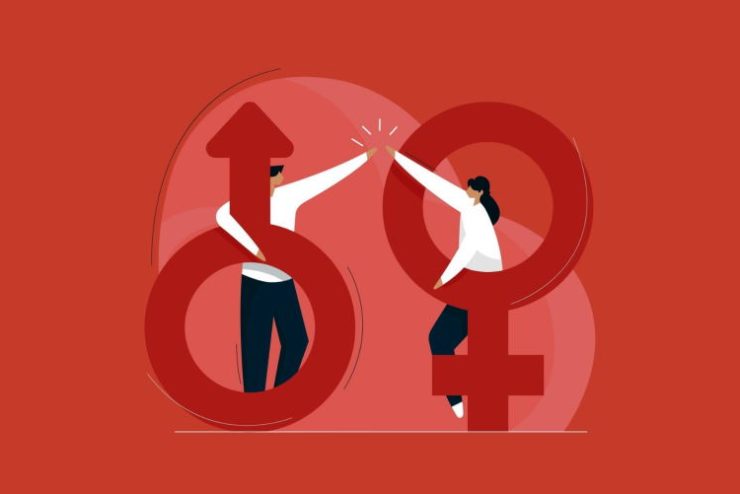In our society, women have always been seen as the weaker sex. They’re not as strong as men, they’re not as good at math, and they’re not cut out for leadership roles. But is that true? There are many different types of women leaders, each with unique skills and abilities. And while some might argue that women leaders are inherently flawed, there is no denying that they significantly impact the workplace. This blog post will explore the different types of women leaders and how they affect the workplace.
Types of women leaders and their impact
There are several types of women leaders, each with its own unique styles and methods of operation. Here is a look at some of the most common types of female leaders and how they affect the workplace.
Authoritarian: These women leaders typically have very strict rules and expectations that those under them must follow. They may be quick to anger and often resort to threats or intimidation to get their way. This type of leader can create a tense and unproductive work environment.
Laissez-Faire: Laissez-faire leaders take a hands-off approach, allowing their team members to make decisions and take action without interference. This can lead to a more relaxed work atmosphere, but it can also mean that goals are not met as efficiently as they could be.

Democratic: Democratic leaders encourage input and discussion from their team members before making decisions. This type of leader is often more effective at building morale and getting work done, as team members feel they have a say in how things are run.
Transformational: Transformational leaders strive to improve the workplace, often by implementing new procedures or technologies. They can effectively improve efficiency and productivity, but their methods may not be popular with everyone.
Knowing the different types of women leaders and how they affect the workplace can help you choose the right leader for your team. Each style has its advantages and disadvantages, so selecting a leader who will fit well with your company’s culture and goals is important.
What men can learn from women leaders
Despite the fact that women are just as capable as men when it comes to leadership roles, they are often not given the same opportunities to lead. This needs to change, and there are a number of things men can learn from women leaders to help make this happen.
One of the most important things men can learn from women leaders is how to be more collaborative. Women tend to be more consensus-oriented than men, which can be a very effective way of leading. Men often prefer a more top-down approach, but this can often lead to conflict and resentment. Learning to be more collaborative will help men become better leaders and make them more effective team players.

Another important thing men can learn from women leaders is the importance of communication. Women tend to be better communicators than men, which can make a big difference when leading a team. Men often think they know what needs to be done and fail to communicate this to their team properly. This can lead to frustration and even conflict. Learning to communicate more effectively will help men to be better leaders and will also help them to avoid potential problems.
Finally, men can also learn from women leaders about the importance of taking action. Women are often more action-oriented than men, which can make a big difference in getting things done. Men often tend to sit back and wait for things to happen, but this can often lead to stagnation. Learning to take action and get things done will help men to be better leaders and will also help them to achieve more.
These are just a few things men can learn from women leaders. If more men were willing to learn from women leaders, it would benefit both genders. It is time for men to step up and learn from the successes of women leaders so that we can all benefit.





